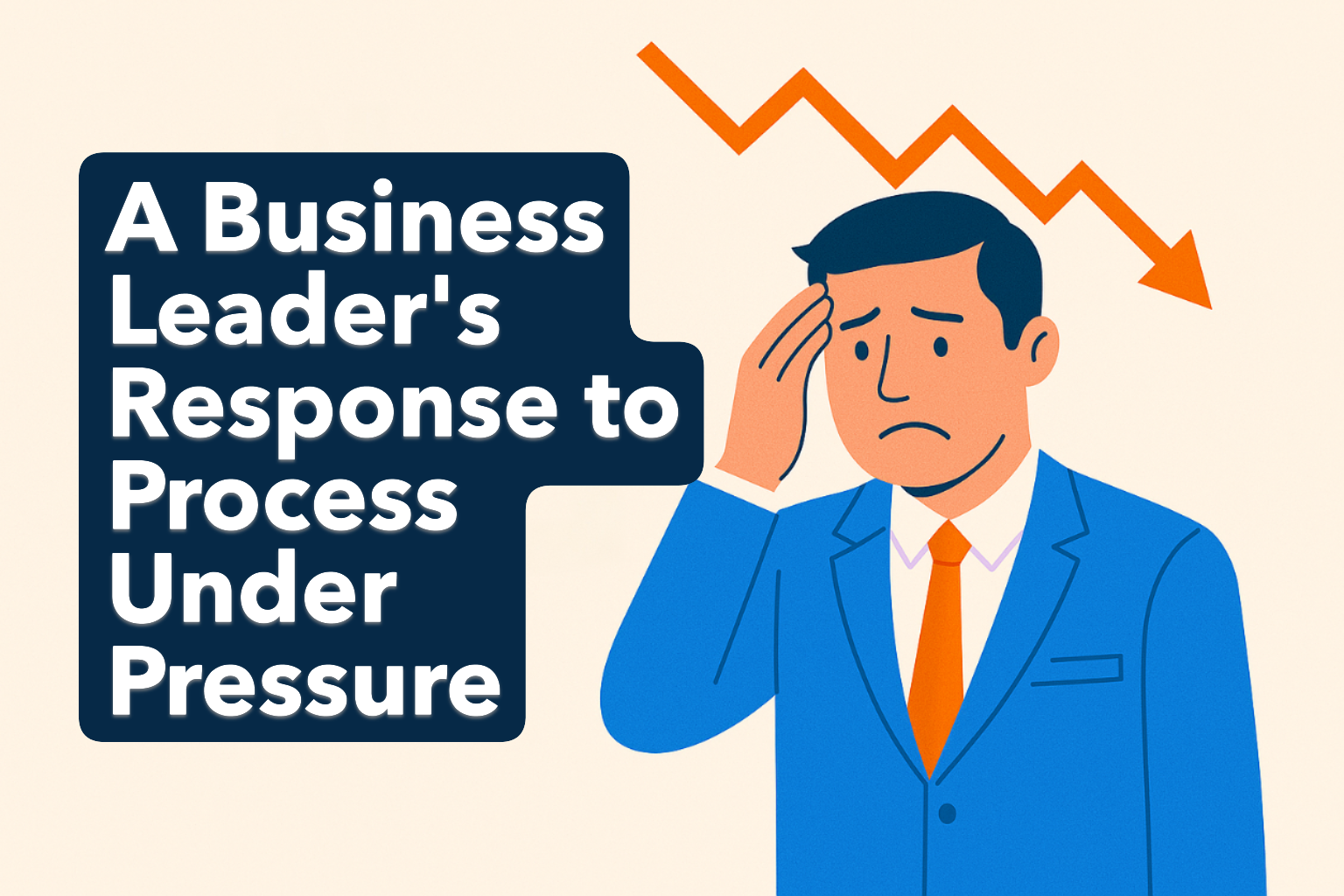The SQA2 Blog: General, IT News
Offshore QA has long been a favored tactic for budget-conscious tech teams. By offloading quality assurance to overseas vendors, companies hope to save 30–40%. It’s been the default choice for early-stage startups and enterprise IT departments alike.
But 2025 is reshaping the math.
Global tax shifts and trade disruptions are changing how much offshore QA actually costs — and many companies haven’t recalculated yet.
Why Offshore QA Still Looks Smart (But Isn’t Always)
The appeal of offshore QA is easy to understand: you can ramp quickly, scale QA teams without headcount strain, and cut costs at a time when engineering expenses are under a microscope. These teams often operate across time zones, giving the illusion of 24-hour delivery.
But beneath that promise are creeping costs — some visible, others not.
- Time zone delays break sprint cadence.
- Communication lags slow down feedback loops.
- High turnover results in repeated onboarding.
- Missed edge cases cause rework and hotfixes.
And now, a new layer of cost pressure is emerging: international tax and trade policy.
What Are Digital Services Taxes (DSTs)?
Digital Services Taxes (DSTs) are country-specific taxes imposed on revenue generated by foreign digital service providers operating within a local market. These taxes were originally aimed at tech giants like Meta, Amazon, and Google, who earn significant revenue abroad while paying minimal local tax.
But DSTs cast a wide net. They don’t just apply to advertising platforms or e-commerce giants — they increasingly affect outsourced tech labor, including QA and software engineering services.
Recent Examples:
- France levies a 3% DST on digital service revenues earned by foreign companies that exceed certain thresholds.
- India’s Equalization Levy applies a 2% tax on digital transactions from non-resident service providers — this includes software and QA services.
- Canada was preparing to activate its 3% DST in 2025, targeting companies earning CAD 20 million+ in revenue from digital services in Canada. While that plan was rolled back on June 30, 2025, to re-open U.S. trade talks, the policy pressure is still in play (Reuters).
Why does this matter?
If your QA vendor operates in a DST-imposing country, and they serve U.S. clients, that tax directly or indirectly raises their pricing. Even if you’re not billed the DST on paper, vendors are absorbing the cost, and will adjust rates or reduce service levels to stay afloat.
DSTs are still evolving. But the direction is clear: the offshore pricing model is facing new friction.
How Tariffs Are Amplifying Cost Risk
Alongside DSTs, tariffs are further distorting offshore service pricing. Tariffs are government-imposed duties on goods and services crossing international borders. In the past, these mostly applied to physical goods. Now, they increasingly impact the tech labor economy.
Case in point:
In early 2025, the U.S. imposed tariffs up to 145% on Chinese imports, citing intellectual property concerns and digital competition. These tariffs sparked factory shutdowns and led to massive layoffs across China’s export sector. Even after tariffs were rolled back to 30%, the damage to vendor stability and delivery pipelines was significant (Reuters).
QA vendors don’t operate in a vacuum:
- Some rely on hybrid teams distributed across impacted regions.
- Others depend on low-cost infrastructure, internet hubs, or equipment subject to tariff volatility.
- Rising operational costs from tariffs often trickle down to service buyers — without notice.
If your QA team is affected by these policies, you may face unexpected rate hikes, team turnover, slower delivery, or reduced test coverage — all without a line item warning.
Why QA Is Especially Vulnerable
Unlike static software builds, QA is:
- Human-driven
- Time-sensitive
- Communication-intensive
When taxes or tariffs squeeze your offshore vendor’s margins, the fallout hits your team hard:
- Testers rotate in and out, reducing domain knowledge.
- QA timelines lag, creating last-minute chaos in your sprint.
- Bugs escape to production, damaging your reputation.
And because QA typically operates on long-term, recurring engagements, even small cost shifts compound over time.
What starts as “3% DST exposure” becomes “3 missed bugs, 2 hotfixes, and one broken launch.”
What Decision Makers Should Do Now
If you’re evaluating offshore QA vendors — or already working with one — now is the time to review the risk. Ask these four questions:
- Are your vendors exposed to DSTs or tariffs? Have they adjusted pricing or scope recently due to global policy changes?
- Do you have cost transparency? Are you budgeting for rate variability, legal fees, or increased churn?
- Is your team structured to absorb QA gaps? If your vendor is disrupted, can your release train continue smoothly?
- Have you explored blended or onshore models? U.S.-based or near-time-zone QA teams may offer stable pricing, stronger collaboration, and lower long-term cost-of-delay.
The Bottom Line
Offshore QA still looks cheaper on paper, but the real-world costs are changing. Digital Services Taxes and international tariffs are tilting the balance — quietly, but powerfully.
If you’re relying on offshore savings to preserve runway, now is the time to revisit your assumptions. In 2025, price isn’t just a line item — it’s a moving target.
We’ve helped teams replace offshore QA vendors with cost-competitive, U.S.-based models that deliver real-time collaboration, higher test coverage, and better release outcomes — all without surprise markups or global policy risk.
Let’s talk if your team is evaluating what’s next.

